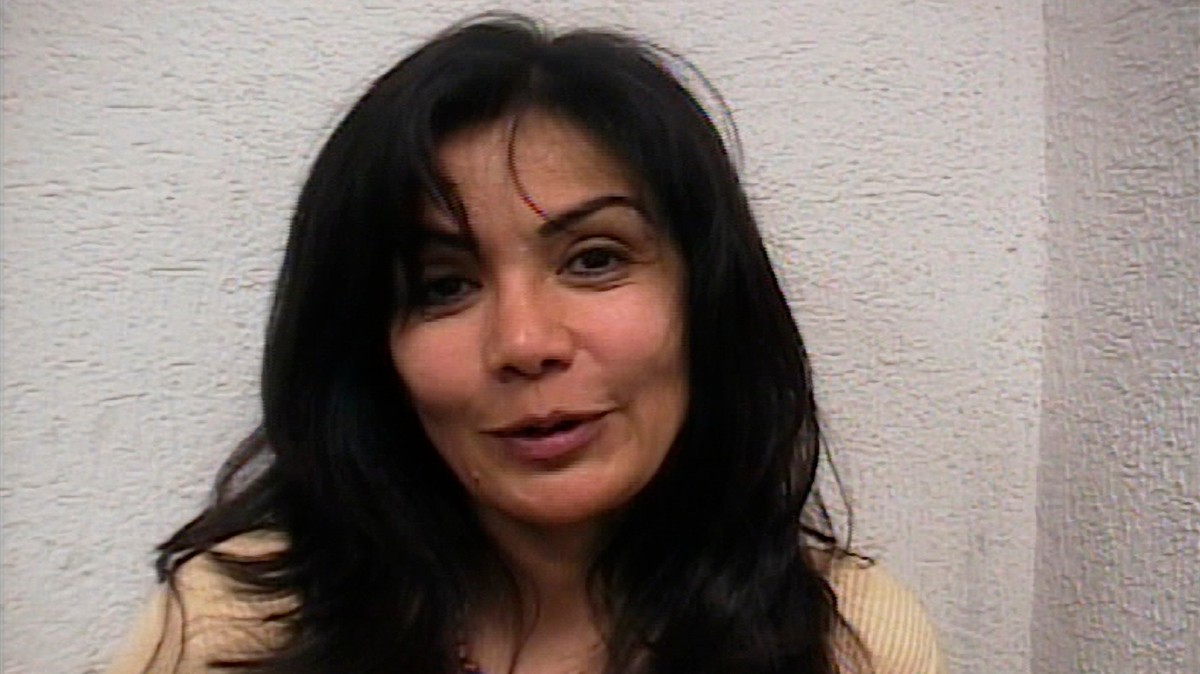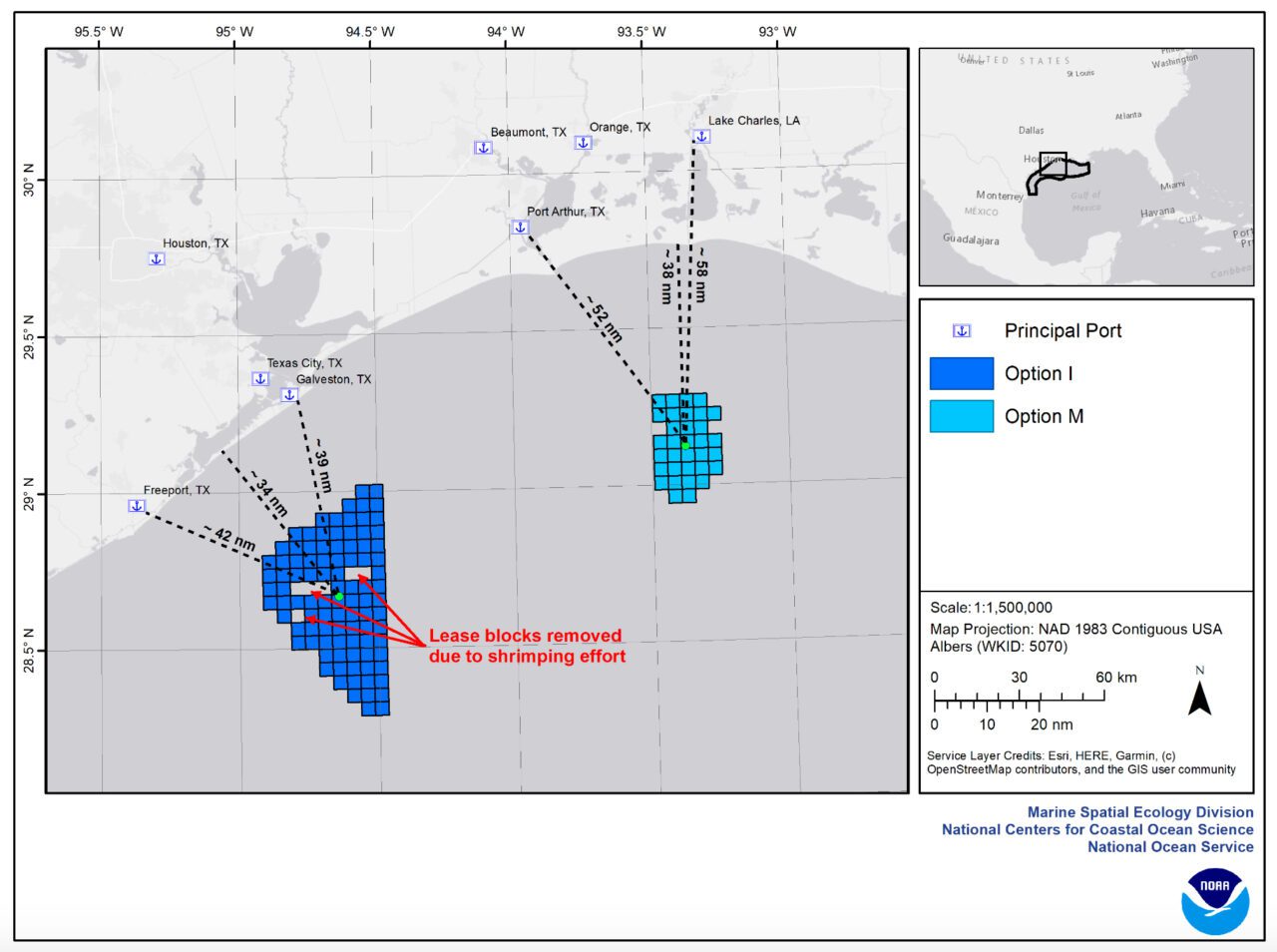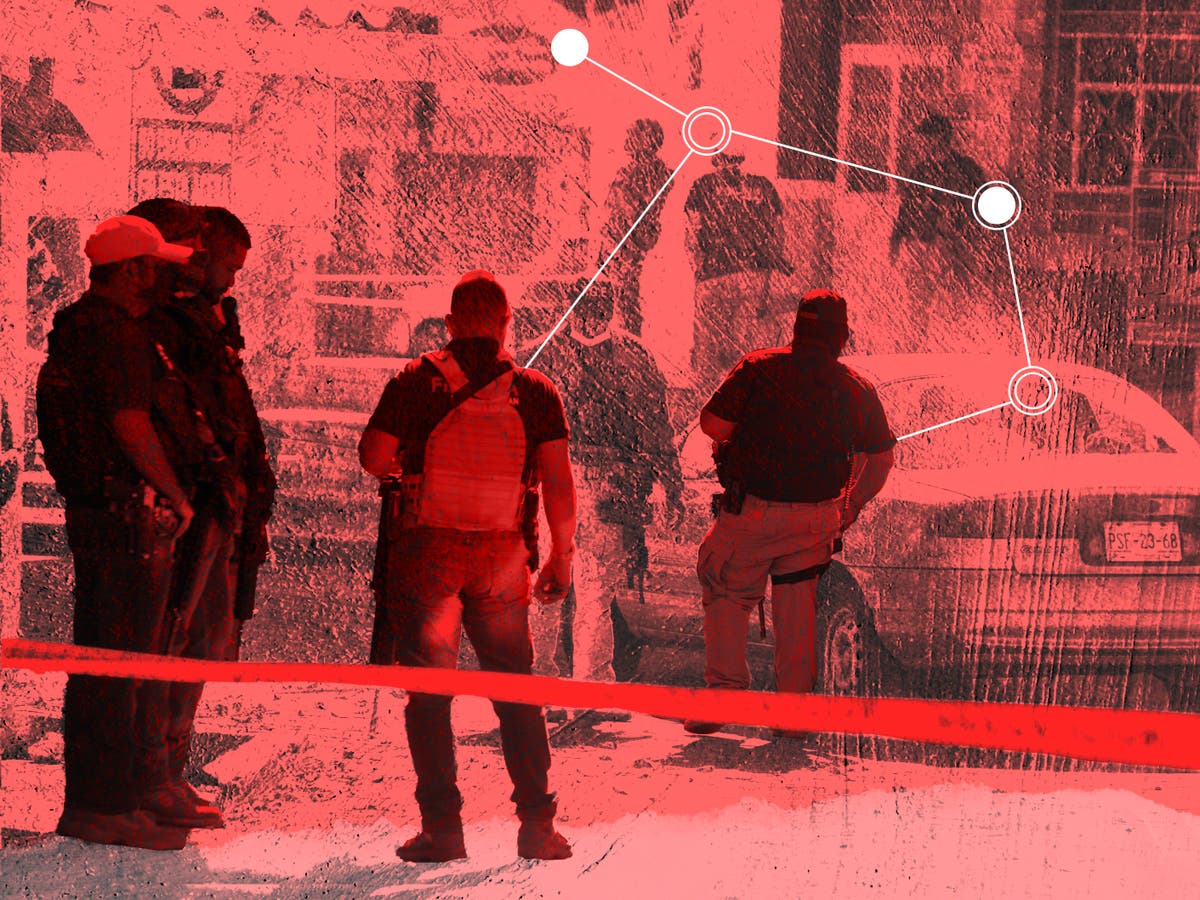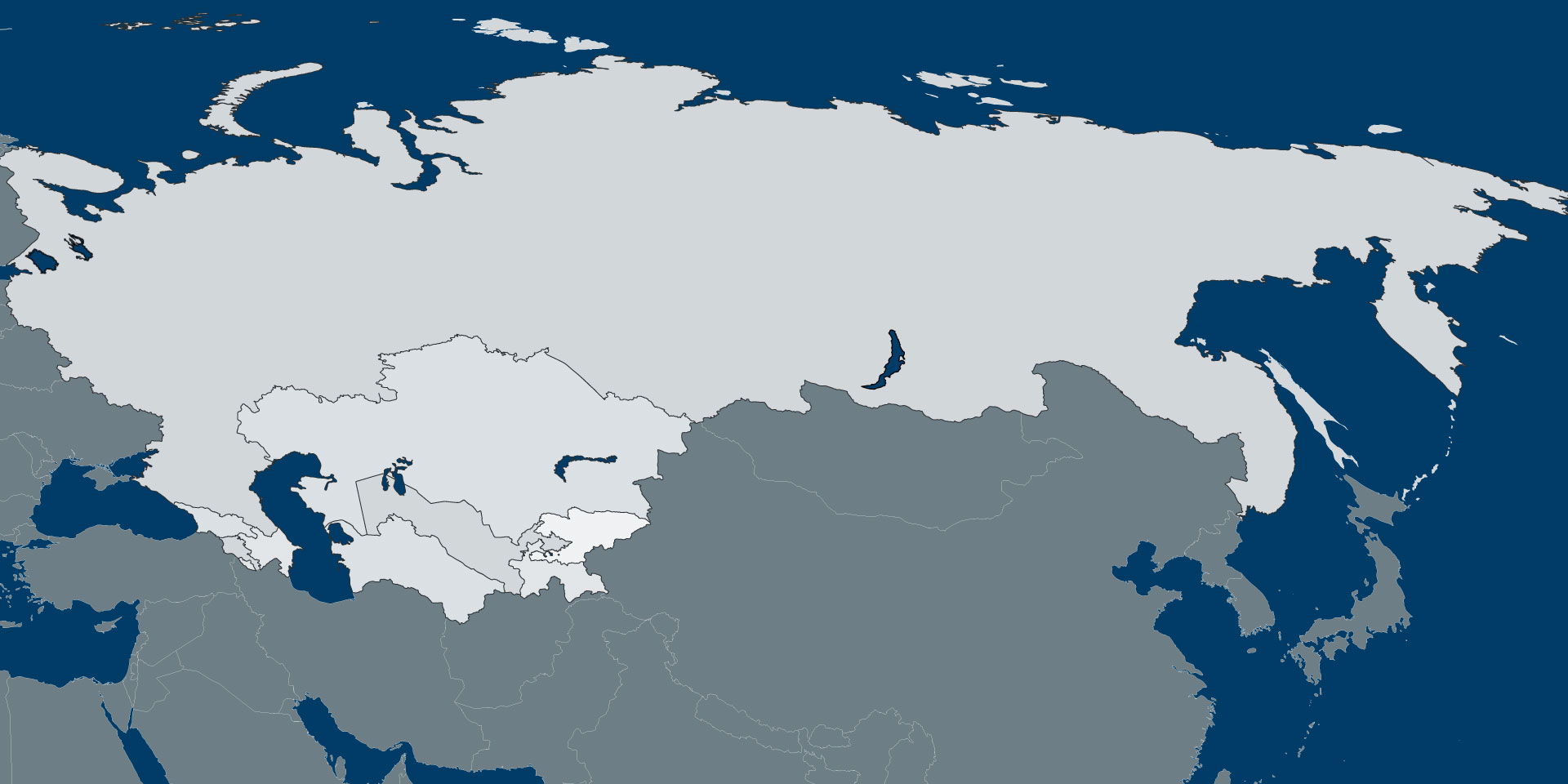[ad_1]
Then the women’s father, Javier, sent an urgent warning: The Jalisco cartel had arrived.
“Our lives changed in a minute,” said María Jesús, 31. Gunmen in four armor-plated “monster” trucks had been spotted just across the valley, Javier told his children. They grabbed their kids and ran.
Three months later, 17 family members are crammed into an abandoned restaurant here in Coahuayana, a banana-growing town on the Pacific coast, home to an estimated 1,000 Mexicans uprooted from their communities.
As criminal groups battle for control over Mexican territory, the displaced are becoming increasingly visible, in towns such as Coahuayana and at the U.S. border. An estimated 20,000 people have fled violence in the past year in Michoacán state, roughly the size of West Virginia. Thousands more have abandoned their homes in other states like Zacatecas and Guerrero.
Forced displacement is generally associated with armed conflict — it’s been a feature of the Russian invasion of Ukraine. Yet it’s become such a problem in ostensibly peaceful Mexico that the country’s Senate is considering legislation to offer humanitarian aid to victims.
“We are at war,” said Alma Griselda Valencia, a congresswoman from Michoacán who belongs to the Morena party of President Andrés Manuel López Obrador. “The fact the government doesn’t want to accept it, is something else.”
What does Mexico’s war look like? In Michoacán’s Tierra Caliente region, one of the country’s most violent, homes are peppered with bullet holes. Drones launch bombs that gash holes in roofs. The Jalisco cartel has planted land mines. Security officials describe the conflict as a battle between Jalisco and a rival cartel network to control the region, a hub of marijuana and methamphetamine production.
But the accounts of the displaced underscore how unconventional this war actually is. At stake are not just drug routes, but timber, minerals and fruit plantations. In many cases, the armed groups have ties to local governments, business groups and the police.
Political scientist Romain Le Cour Grandmaison says displacement is a sign of the deepening crisis of violence in Mexico. “So many actors are interested in controlling territory and populations to extract resources, and to make a statement: ‘I am the boss, and I have the power to displace you,’ ” he said.
That free-for-all reflects what may be Mexico’s most critical problem. While the country has replaced its long-running authoritarian system with democracy, it has failed to build a justice system that prosecutes crime effectively.
“You can use violence for whatever interests you have in Mexico,” said Le Cour Grandmaison, who runs the security program at the think tank México Evalúa. “It’s a low-cost, very efficient political, economic or personal resource. It can be used with almost no judicial consequences.”
Javier Martínez’s butcher shop is an unlikely flash point in this war. For years he’d sold ground meat, ribs and fried pork rinds in his village in Chinicuila municipality, a bucolic place serenaded by the cackling of chickens.
Drugs were nothing new; for years, marijuana had flourished in Michoacán’s rich soil. But the illicit business began to change in the 1990s, as the grip of Mexico’s one-party system waned. Drug traffickers became more organized and better-armed. They branched into cocaine and methamphetamines. Then they started to extort money from ordinary Mexicans.
Conditions got so bad that farmers in Martínez’s village, Tehuantepec, were forced to pay a “tax” every time they sold a cow or a sack of corn. “We decided to rise up,” said the 53-year-old butcher. Starting in 2013, thousands of Michoacán residents formed citizen militias, kicking out the brutal Knights Templar cartel. Martínez became head of his town’s “self-defense” force. For a while, things were quiet.
“But now,” he said, “here comes El Mencho.”
That would be Nemesio Oseguera Cervantes. He leads the Jalisco New Generation cartel, which has trafficked tons of heroin, methamphetamines and fentanyl into the United States. “One of the five most dangerous transnational criminal organizations in the world,” says the U.S. government. Martínez sees something else: a bunch of gunmen determined to snatch control of this region’s timber supplies, iron ore mines and banana plantations.
Like the Knights Templar, the Jalisco cartel has recruited local men. Instead of cartel-vs.-cartel battles, whole villages are now swept up in the fighting.
“The targets of violence have become much broader,” said Falko Ernst, senior Mexico analyst for the International Crisis Group. If one group moves into a town, he said, it not only expels its gun-toting enemies but frequently does a “social cleansing” of their relatives and other civilian supporters.
Economic and family disputes feed the chaos. When the Jalisco gunmen turned up in Tehuantepec on Dec. 3, Martínez said, they got help from some residents who were jealous of his successful butcher shop. Rival merchants, he said, “wanted to eliminate the competition.”
The gunmen torched Javier Martínez’s butcher shop and home, and three other houses belonging to relatives. By the time state police arrived, the family had sped down the mountain in their pickups and a borrowed van to the coast two hours away. María Jesús said they had only one real guarantee of security:
“My father knew Teto.”
Héctor Zepeda — “Comandante Teto” — is the law in Coahuayana, and a symbol of how Mexico’s old security arrangements have collapsed.
Hollywood-handsome, with soft brown eyes and a sly grin, Teto became head of the local “self-defense” force in 2014, after his brother was killed by the Knights Templar. Now he leads 120 men in military-grade body armor, equipped with assault rifles.
“I don’t really want to carry a weapon. None of my companions do,” said the 51-year-old former auto mechanic, sitting at a rough-hewn wooden desk in front of a wall covered with pictures of fallen comrades and the Virgin of Guadalupe. “But we have to fight every day, to survive.”
To many of the displaced, Comandante Teto is a hero. He’s found homes for them, and given them jobs on his force. The Martínezes now live in a run-down former restaurant with a courtyard webbed with lines of drying laundry. “He even got us a refrigerator and a stove,” María Jesús said.
Most of all, Comandante Teto has brought security to the town, an oasis of sea breezes and swaying banana trees, where traumatized families from other regions have packed into pastel-colored homes.
Yet it’s a fragile peace. The Jalisco cartel gunmen are so close that when the “self-defense” forces patrol the town’s perimeter, they can hear their enemies’ voices crackling over the radio.
In a video last year, the Jalisco fighters accused Comandante Teto of working with their rivals, Carteles Unidos, a Michoacán-based crime syndicate. Teto denies the charge. The traffickers aren’t the only ones making such allegations. Shortly after taking office in October, Gov. Alfredo Ramírez Bedolla pledged to disarm the “self-defense” forces in the state. They had come to represent, he said, “a sort of camouflage for illicit activities.”
But the governor hasn’t managed to dislodge Comandante Teto. Quite the opposite. This town of 18,000 recently issued police uniforms and credentials to the “self-defense” fighters and put dozens onto the public payroll. The 15 members of the state-recognized municipal police now serve under Comandante Teto. When two journalists recently sat down to interview Teto, the former police chief served coffee.
Mayor Gil Ruiz said many townsfolk believed that federal and state security forces were corrupt or didn’t have the savvy or will to fight criminal groups effectively. In Michoacán, everyone remembers the tight embrace between the Knights Templar and many politicians and police.
“The people don’t trust” the police, Ruiz said. “But the people have confidence in the self-defense forces.”
Coahuayana’s economic elite don’t want to rely on the state security apparatus, either. The banana growers, who’ve enjoyed a boom under North America’s free trade agreement, began bankrolling Comandante Teto’s militia years ago. The mayor, a banana producer, said the force was the only alternative to the Knights Templar and their $250-a-day “protection fees” on fruit shipments.
Longtime residents agree that the “self-defense” forces ended a terrifying period of robbery and murder under the Knights Templar. But questions swirl about exactly what role Comandante Teto’s force has played in Coahuayana’s unending plague of methamphetamine abuse. Teto says he has cracked down on drug sales.
“We don’t know who to trust,” said one woman, who spoke on the condition of anonymity out of fear for her safety. “Of course you’re afraid.”
Coahuayana is a rare haven in Michoacán for people who are fleeing violence. Others set their sights on the United States.
Migrant activists have noted an increasing number of Mexicans arriving at the border. While some want jobs or to reunite with family in the United States, many are fleeing the harsh rule of criminal gangs. “They were forced to leave, or forced to pay organized crime a monthly quota,” said Pedro De Velasco, director of advocacy at the Kino Border Initiative, a binational migrant-assistance group. “And when they were unable to pay, they had to leave everything behind.”
Stephanie Leutert, director of the Central America and Mexico Policy Initiative at the University of Texas at Austin, said there were no reliable figures on Mexicans trying to claim asylum, since the U.S. government has temporarily shut down most processing at the border, citing the coronavirus pandemic. “But it certainly is a significant population of Mexican asylum seekers who are waiting in Mexico” for the chance to access the U.S. immigration system, she said.
López Obrador has won praise from human rights groups for recognizing the problem of the internally displaced. The lower chamber of Congress, dominated by his party, unanimously approved a bill in 2020 to register and aid people who are forced to leave home. It covers not only victims of organized crime violence but those uprooted by land disputes, religious conflicts and natural disasters. The legislation is now before the Senate.
Still, López Obrador bristled when challenged recently about front-page newspaper photos showing people fleeing Zacatecas state. “There are few, very few regions with displaced people,” he told reporters. (Alejandro Encinas, undersecretary for human rights in the Government Ministry, puts the number of victims at 400,000.)
For all the administration’s promises to help the displaced, it’s unclear whether its security policies will do much to reduce expulsions.
Starting in January, authorities poured more than 3,000 army and national guard troops into Michoacán to “liberate” towns controlled by organized crime groups. “We have slowly been recovering public order,” the state’s chief of security, army Gen. José Alfredo Ortega, told The Washington Post.
But the Mexican government has launched military operations in Michoacán before, only to see violence resurge after troops withdraw. Le Cour Grandmaison said such war-on-drugs policies didn’t address crime groups’ expansion into extortion and protection rackets. “The only thing that will solve that issue is justice,” he said. Police remain poorly trained, and the justice system is underfunded, politicized and veined with corruption.
For now, the Martínez family has won a respite in Coahuayana. “But honestly, we don’t feel safe,” María Jesús said. Like many people in Michoacán, they have relatives in the United States.
“We’ve been thinking,” she said, “it would be good to put in papers to seek political asylum.”
Alejandra Ibarra Chaoul contributed to this report.
[ad_2]
Source link




